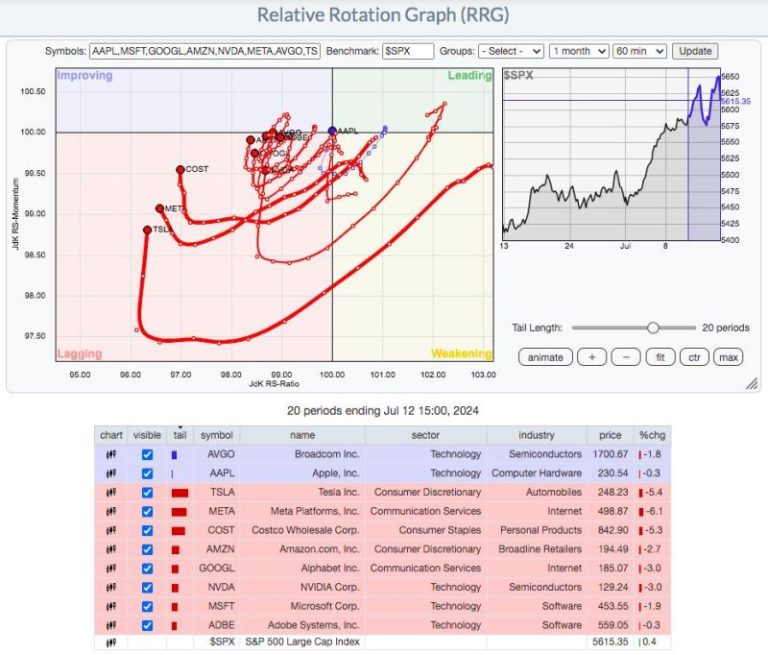The S&P 500, a leading indicator of the US stock market’s health, recently achieved a historic milestone by setting new record highs. This accomplishment was driven not by growth stocks, as one might expect, but by value stocks. While growth stocks have been the darlings of the market in recent years, value stocks have taken the spotlight in this latest surge.
Value stocks are companies that are considered to be undervalued by the market based on various metrics such as price-to-earnings ratio, price-to-book ratio, and dividend yield. These stocks are often characterized by stable earnings, strong fundamentals, and attractive valuations. Investors who focus on value investing look for opportunities to purchase these stocks at a discount to their intrinsic value, with the expectation of long-term appreciation.
In contrast, growth stocks are companies that are expected to grow at an above-average rate compared to the market or their industry peers. These companies often reinvest their earnings back into the business to fund expansion, resulting in high price-to-earnings ratios and relatively low dividends. Growth stocks can be exciting investments, as they have the potential for rapid capital appreciation, but they also come with higher risk and greater volatility.
The recent outperformance of value stocks in the S&P 500 can be attributed to several factors. First, the rotation from growth to value may signal a shift in investor sentiment. As the market matures and economic conditions change, investors may be seeking more conservative investment opportunities with solid fundamentals and steady cash flows. Value stocks, with their lower valuation multiples and higher dividend yields, can offer a defensive play in uncertain times.
Another reason for the resurgence of value stocks could be the cyclical nature of the market. Value stocks tend to perform well during periods of economic recovery and expansion, as investors seek out companies that are well-positioned to benefit from improved business conditions. With the global economy bouncing back from the impacts of the pandemic, value stocks in sectors such as financials, energy, and industrials have been gaining favor among investors.
Furthermore, the Federal Reserve’s commitment to keeping interest rates low has also boosted the appeal of value stocks. These companies tend to carry more debt on their balance sheets compared to growth stocks, making them sensitive to changes in interest rates. With borrowing costs remaining low, value stocks can take advantage of cheap financing to fund growth initiatives and strengthen their competitive position in the market.
In conclusion, while growth stocks have dominated the market in recent years, the recent surge in the S&P 500 driven by value stocks underscores the importance of a diversified investment strategy. By incorporating a mix of growth and value stocks in their portfolios, investors can capture opportunities across different market cycles and achieve better risk-adjusted returns. As market dynamics continue to evolve, staying attuned to the shifting landscape of value versus growth investing can help investors navigate the uncertainties of the market and position themselves for long-term success.



